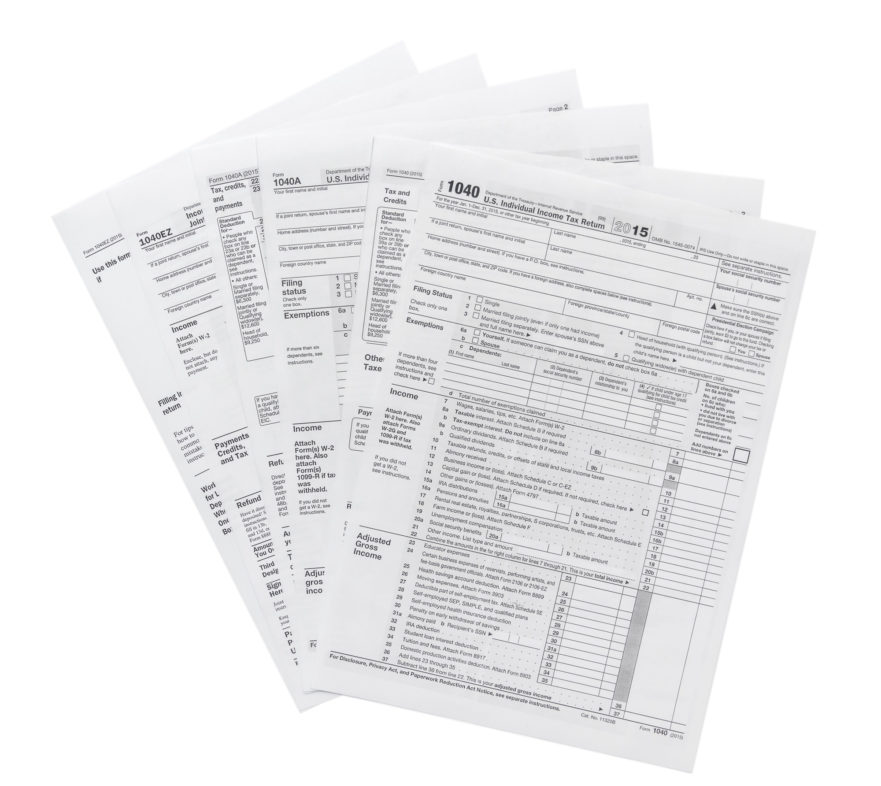
With no movement on negotiations for a second COVID-19 relief bill from lawmakers on Capitol Hill, President Trump signed an executive order and several memorandums addressing the expiration of the $600 unemployment benefit plus-up and eviction moratorium. He also took action on the payroll tax deferral he's been touting for several months but stood little chance of Congressional approval.
Described as a "modest, targeted action that will put money directly in American workers' pockets," the order defers employees' obligation to pay their share of the Social Security tax from September 1 through December 31. The deferral applies to individuals earning less than $104,000 annually. Currently, the 12.4% per pay period Social Security tax assessment is split between employers and their employees on earnings up to $137,700.
This employee deferral comes on the heels of legislation passed under the CARES Act that allows employers to defer their share of the Social Security tax through year end. Employers who choose to defer their portion of the tax will be required to pay back one-half of the deferred amount by the end of 2021 with the remainder paid back by the end of 2022.
Immediately, questions as to the order's effectiveness and legality have been raised. But, assuming it passes constitutional muster, what does a payroll tax deferral mean for employees?
How the Deferred Payroll Tax Works
As an example of how the deferral might benefit an individual, consider a person earning the median household income of around $64,000. Over a period of 26 biweekly paychecks of roughly $2,461 per paycheck (pretax), approximately $152 (6.2% of earnings) is withheld each pay period. From September 1 through yearend, that person would be able to defer $1,200.
But there is a catch. As the language implies, this is a deferral and not a suspension, which means the tax obligation must be paid eventually. The order doesn't explain when or how it's to be repaid, but it does instruct the Treasury Department to look into ways the deferred tax payment can be forgiven.
That would most likely require an act of Congress that is not assured in the current environment. However, President Trump may be relying on the political fallout on lawmakers who vote against forgiveness. Regardless, for right now, the tax obligation should be considered an interest-free loan.
Questions, Questions, and More Questions
If the Treasury Department can't secure a forgiveness provision from Congress, the question becomes how and when employees would be required to pay the deferred taxes. Would it be a lump sum due at the beginning of next year? Or, would employees be able to pay the tax on an installment basis? Either way, it could prove to be a hardship for employees who are experiencing financial difficulties.
The question for employers is whether the order is mandatory. With few details of how the program should work, many employers may feel reluctant to step into it considering the costs and risks. First, it would require reprogramming their payroll systems, which is not a simple undertaking. Second, employers could be on the hook for the tax obligation should an employee fail to repay it if they leave the company. Would employers be able to escrow the funds to ensure they're on hand when the payment is due?
At first blush, a payroll tax deferral seemed like it could be the type of stimulus that could boost the economy, and maybe it can for a few months. But will employees actually spend the money, or will they save it out of concern for having to pay it back?
Obviously, many important questions need to be answered, and the Treasury Department is expected to provide further guidance. However, short of a Congressional Act to forgive the tax obligation, the program may not be worth the risk for both employees and employers.
Need a business tax CPA to help you sort through this decision (among many others)? Contact us today for a free 30 minute consultation.






